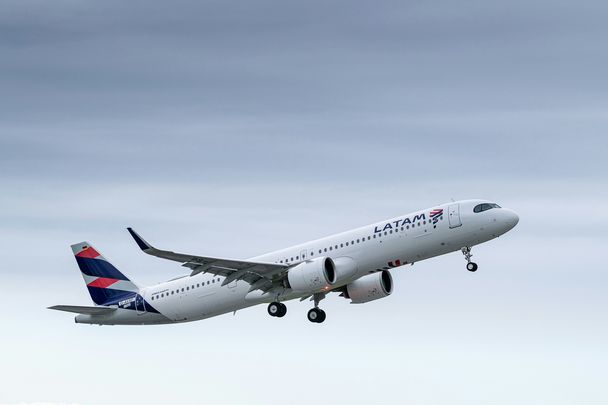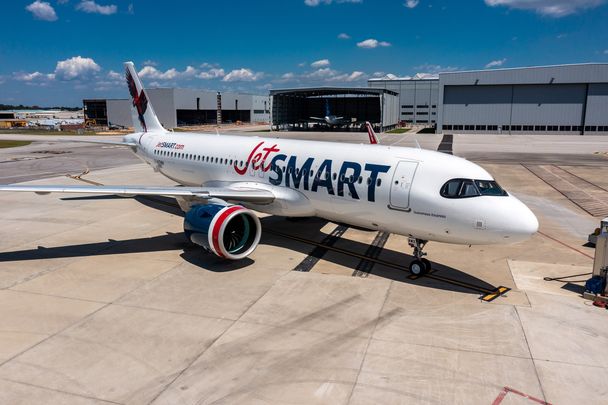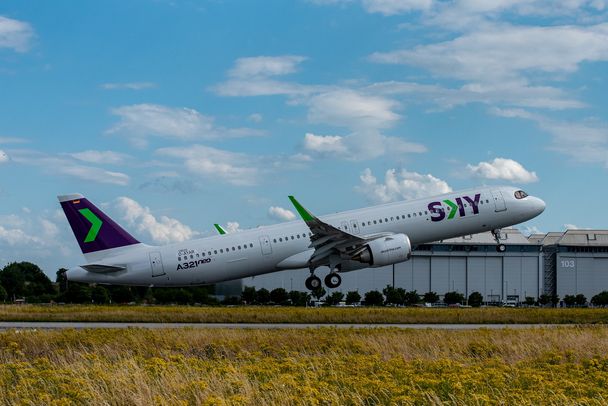Latin America and Caribbean fleet to nearly double by 2042: Chile set to play significant role

The Airbus Global Market Forecast 2023 (GMF23) offers insights into the number of aircraft expected to operate in Latin America and the Caribbean by 2042, along with economic projections for the region.
Latin America and the Caribbean
By 2042, it is anticipated that the fleet to serve Latin America and the Caribbean will reach 2,630 aircraft, nearly doubling the 1,440 aircraft serving the region in early 2020. This growth is expected to require the addition of 2,390 new aircraft, half intended to replace the ageing fleet, the other half to to sustain the region’s air traffic expansion.
Over the next 20 years, demand for air travel is expected to increase in correlation with the region’s economic growth, driven by an average annual real GDP growth of 2.5%*, an expanding middle class expected to make-up two-thirds of the total population, and urbanisation projected to reach 86% (making it the second most urbanised region after North America).
This regional growth is forecasted to drive a significant increase of the demand for domestic air travel, expected to rise by 3.8% annually*. This segment represents a major market for single-aisle aircraft, projected to remain above 90% of the total fleet. Beyond the region, traffic to North America and Europe is expected to continue expanding at respective rates of 3.3% and 2.6% annually*, keeping their positions as more mature international markets.
The region's expansion is expected to significantly drive air cargo traffic growth by a factor of 1.8 over the next two decades. Air cargo within the Latin America and Caribbean region is anticipated to experience the highest growth rate, at 2.9% annually*.

Chile
In this development, Chile is expected to play an important role as a major economy in the region. In the next 20 years, the country’s GDP is projected to nearly double, driven by an annual growth rate of 2.6%*, reaching 477 billion USD by 2042. Chileans will benefit from this economic expansion, with GDP per capita at Purchasing Power Parity (PPP) projected to increase by 68% over the same period.
As a result, the propensity to travel in the country will increase from 1 trip per capita on average in 2019, to 2.2 by 2042; while passenger traffic will reach 54 million passengers by 2042, increasing by a factor of 2.4 compared to 2019.
The domestic traffic is foreseen as the fastest growing market for Chile, with a solid annual increase of 4.2%*, remaining the major market and accounting for two-thirds of the country’s air travel demand by 2042. Consequently, the vast majority of the 2042 fleet serving Chile (domiciled and non-domiciled carriers) will consist of single-aisle aircraft (84%).
With regard to international growth, the traffic is forecasted to double over the next 20 years, notably within the Latin America and Caribbean region (26% of the demand). The main intra-regional passenger flows will remain between Chile and Brazil, Peru, Argentina, with Peru experiencing the highest rate of traffic increase at 4.2% annually*.
Beyond the intra-regional traffic, the international passenger demand to and from Chile will continue to increase, although at a lower level. The UnitedStates will remain a major market, with demand projected to double by 2042.
To meet Chile’s growing demand for air travel, the fleet serving the country (from Chilean and foreign carriers) is expected to double over the next 20 years, increasing from 390 aircraft in 2019 to 771 aircraft by 2042.

* 2019-2042 Compound Annual Growth Rate (CAGR)
